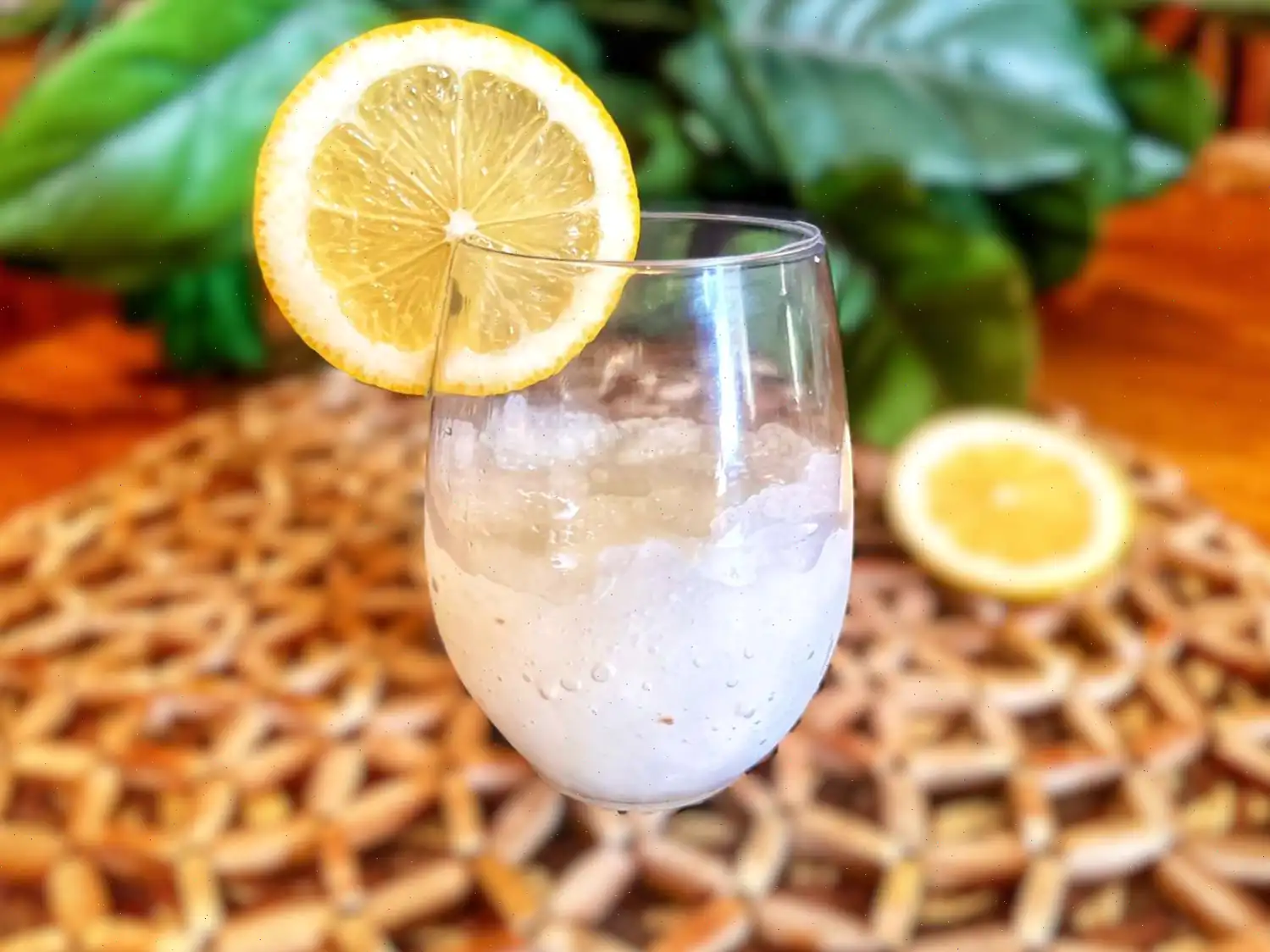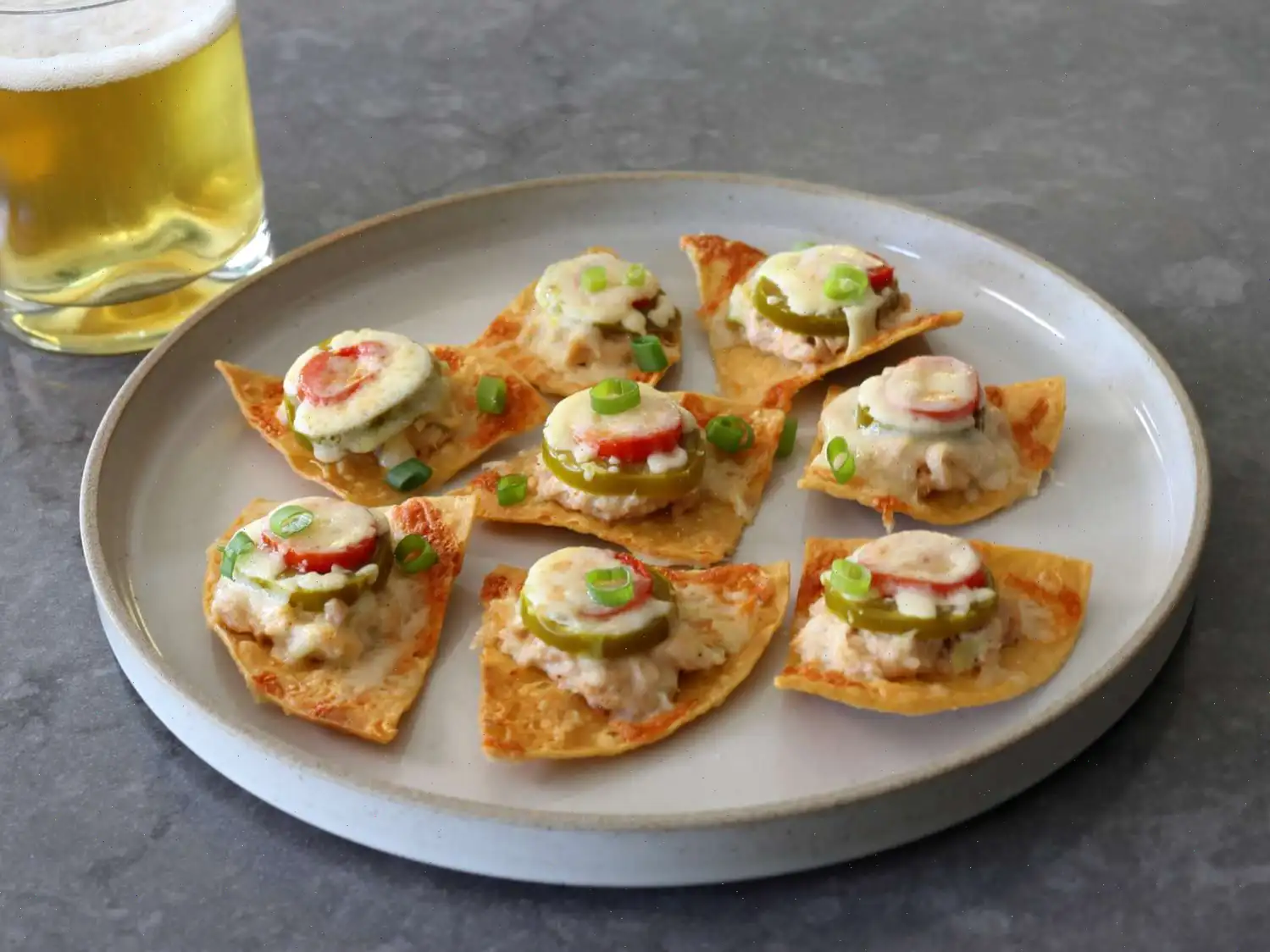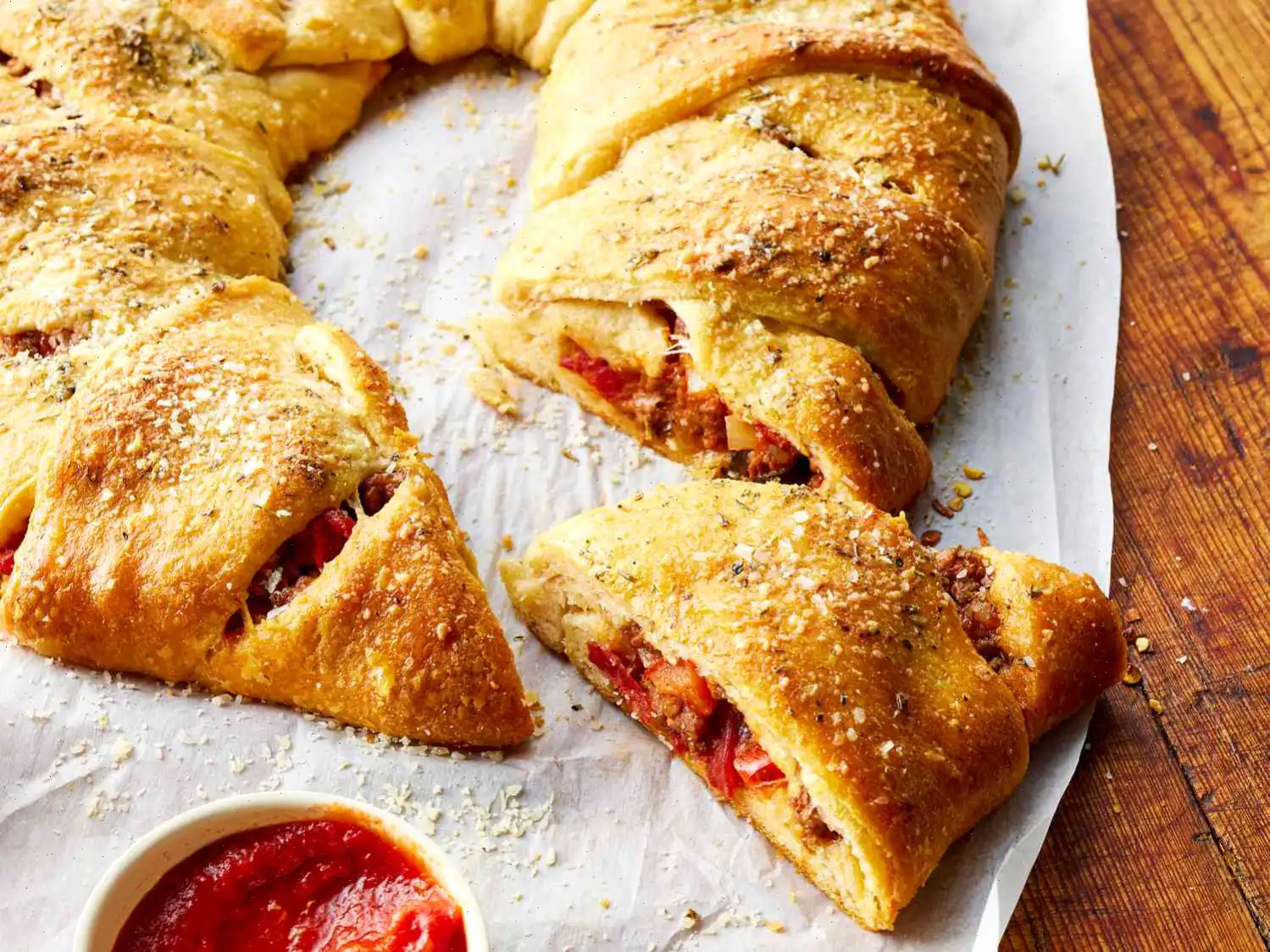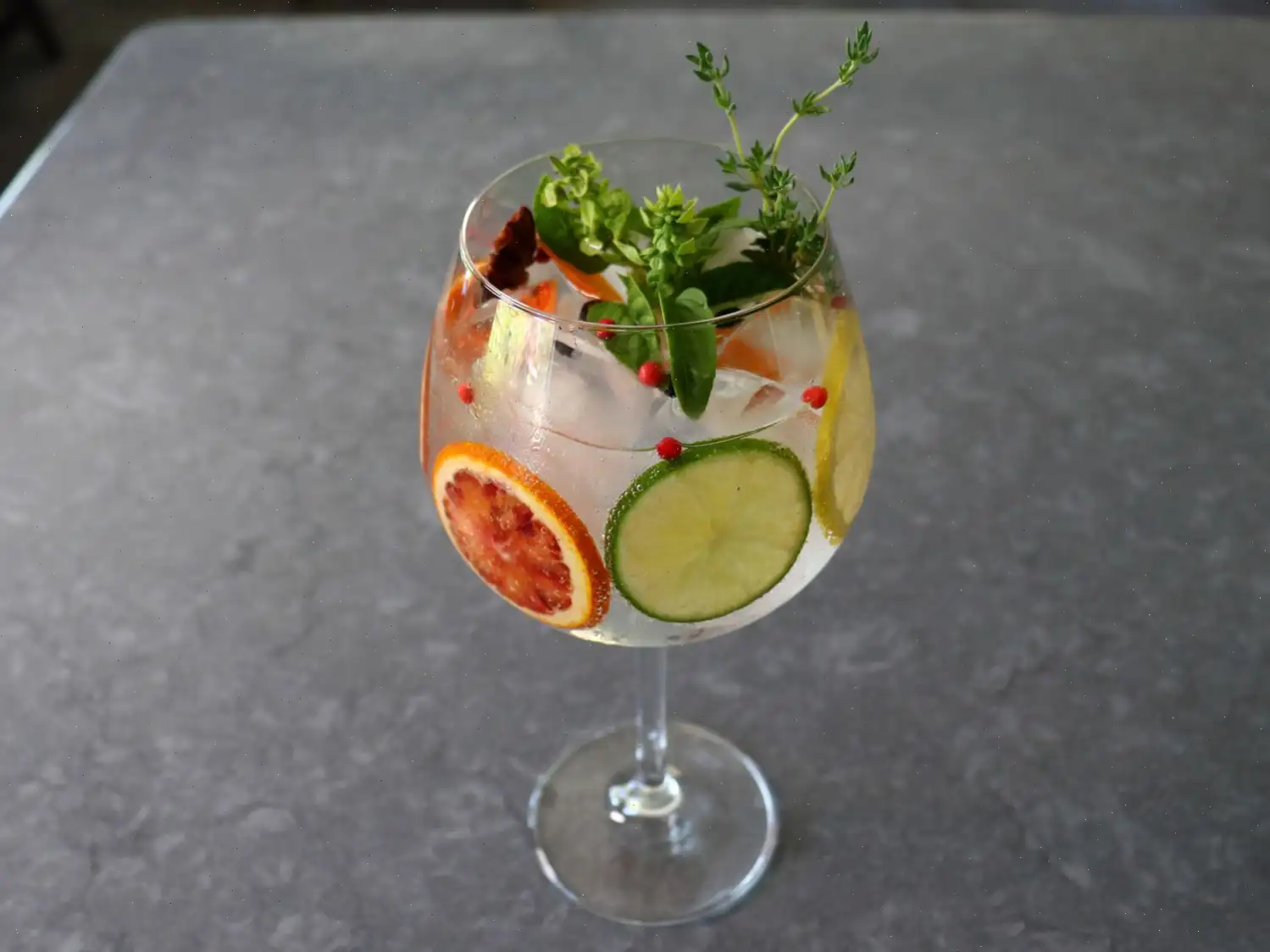
Frozen Limoncello Recipe
Ingredients
This recipe yields 1 serving. Ingredient amounts are automatically adjusted, but cooking times and steps remain unchanged. Please note that not all recipes scale perfectly.
- 1 cup ice
- 2 ounces Limoncello
- 1 ounce fresh squeezed lemon juice
Directions
Step 1: Place the ice, Limoncello, and lemon juice into the jar of a blender.
Step 2: Blend the ingredients until the ice becomes completely slushy, creating a refreshing frozen drink.
Nutrition Facts (per serving)
| Calories | 212 |
| Total Fat | 0g |
| Saturated Fat | 0g |
| Cholesterol | 0mg |
| Sodium | 10mg |
| Total Carbohydrate | 30g |
| Dietary Fiber | 0g |
| Total Sugars | 28g |
| Protein | 0g |
| Vitamin C | 13mg |
| Calcium | 10mg |
| Iron | 0mg |
| Potassium | 34mg |
* Percent Daily Values are based on a 2,000 calorie diet. Your daily values may be higher or lower depending on your calorie needs.
Important Note: Nutrient information is not available for all ingredients. Amounts are based on available nutrient data.
If you are following a medically restrictive diet, please consult your doctor or registered dietitian before preparing this recipe for personal consumption.
Frozen Limoncello is a simple yet delicious cocktail that combines the rich flavors of limoncello and fresh lemon juice with the coolness of ice, creating a refreshing and slushy drink that is perfect for summer. Though its origins trace back to Italy, this frozen variation brings a modern twist to the traditional limoncello experience. In this article, well dive into the history, regional aspects, differences from similar drinks, places where its typically served, and some interesting facts about this vibrant beverage.
History and Origins
Limoncello, the main ingredient in this cocktail, is a beloved Italian liqueur that originated in the southern regions of Italy, particularly in the areas around Naples, the Amalfi Coast, and Sorrento. It is made by infusing lemon zest with alcohol and sugar, producing a vibrant, lemon-flavored liqueur. The tradition of making limoncello dates back centuries, though it gained international popularity in the 20th century. While the exact origins of limoncello are debated, it is widely believed that the recipe was passed down through generations of Italian families. The Frozen Limoncello is a modern variation, providing a cold, slushy texture to the classic liqueur, making it even more appealing in warm weather.
Regional Features
Although limoncello is most commonly associated with the Amalfi Coast and the island of Capri, its popularity has spread far beyond Italy. Each region that produces limoncello has its own take on the liqueur, with slight variations in the recipe based on local lemons and methods of production. The Frozen Limoncello is a variation that has become popular in many Mediterranean beach resorts, especially in Italy, where people enjoy the drink as a chilled treat during summer evenings. However, you can also find it in trendy bars worldwide, particularly in places with warm climates or a strong Italian influence.
How It Differs from Similar Drinks
While the Frozen Limoncello shares some similarities with other slushy cocktails, such as frozen margaritas or daiquiris, there are key differences. The primary distinction lies in the use of limoncello, a high-proof lemon liqueur, which gives the drink its distinctive tangy, sweet flavor. In contrast, frozen margaritas and daiquiris typically rely on tequila or rum, respectively, as their base spirit. Additionally, the Frozen Limoncello tends to have a more intense lemon flavor, making it a refreshing choice for those who enjoy tart, citrusy drinks.
Where Is It Typically Served?
Frozen Limoncello is often served in beach resorts, Italian restaurants, and bars with a Mediterranean or coastal theme. It is especially popular during summer months when its cooling, slushy texture provides a refreshing escape from the heat. In Italy, it might be served as a pre-meal aperitif or as a dessert drink after a rich meal, particularly in coastal towns known for their fresh lemons. Its also a great drink for parties and gatherings where a light, citrusy cocktail is desired.
Interesting Facts
- The name "limoncello" comes from the Italian word for lemon, "limone," combined with the diminutive suffix "-cello," meaning "little." It refers to the small, concentrated lemon flavor found in the liqueur.
- Limoncello is traditionally served ice-cold, often straight from the freezer, as the alcohol content prevents it from freezing completely.
- Though the frozen version of limoncello is relatively new, the tradition of freezing fruit-based cocktails dates back to ancient times, when ice was harvested in the winter and stored for summer use.
- In addition to its popularity as a drink, limoncello is often used in Italian desserts, such as cakes and sorbets, adding a bright citrus note to sweet dishes.
The Frozen Limoncello offers a delightful, cool take on the classic Italian drink, capturing the essence of Italys sunny coastlines in every sip. Whether you're at the beach or hosting a gathering, this cocktail promises to add a refreshing zest to any occasion.








